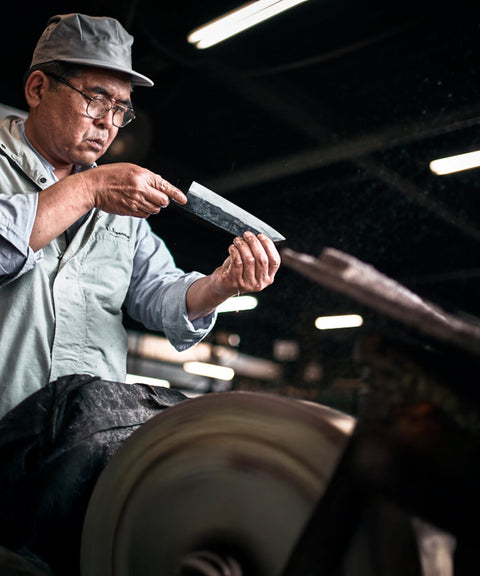
Japanese knives are known for their extreme sharpness and quality, but if not used correctly, their performance and durability can be affected. Here we tell you the most common mistakes and how to avoid them.
1. Cutting on unsuitable surfaces
One of the most common mistakes is using the knife on cutting boards that are too hard, such as glass or marble. This quickly damages the edge.
➡ Solution: Use Hinoki or Ginkgo wood boards , which protect the blade.
2. Using the knife for the wrong tasks
Japanese knives are designed for specific tasks. For example, a Nakiri is ideal for vegetables, but not for boning meat.
➡ Solution: Know the use of each type of knife and use it correctly.
3. Not drying the knife well after washing it
Although some Japanese knives are made of stainless steel, many carbon steel models can rust if left wet.
➡ Solution: Dry the knife thoroughly with a cloth and store it in a dry place.
4. Not sharpening it properly
Using electric sharpeners or poor quality stones can damage the edge of a Japanese knife.
➡ Solution: Always sharpen with suitable Japanese sharpening stones and using the correct technique.
5. Applying too much pressure when cutting
Japanese knives are extremely sharp, so you don't need to use much force when cutting.
➡ Solution: Let the weight of the knife do the work and slide the blade smoothly.
Conclusion
Avoiding these mistakes will prolong the life of your Japanese knife and ensure better performance in the kitchen. Investing in a good knife is just the first step, the real secret lies in its proper maintenance and use.









